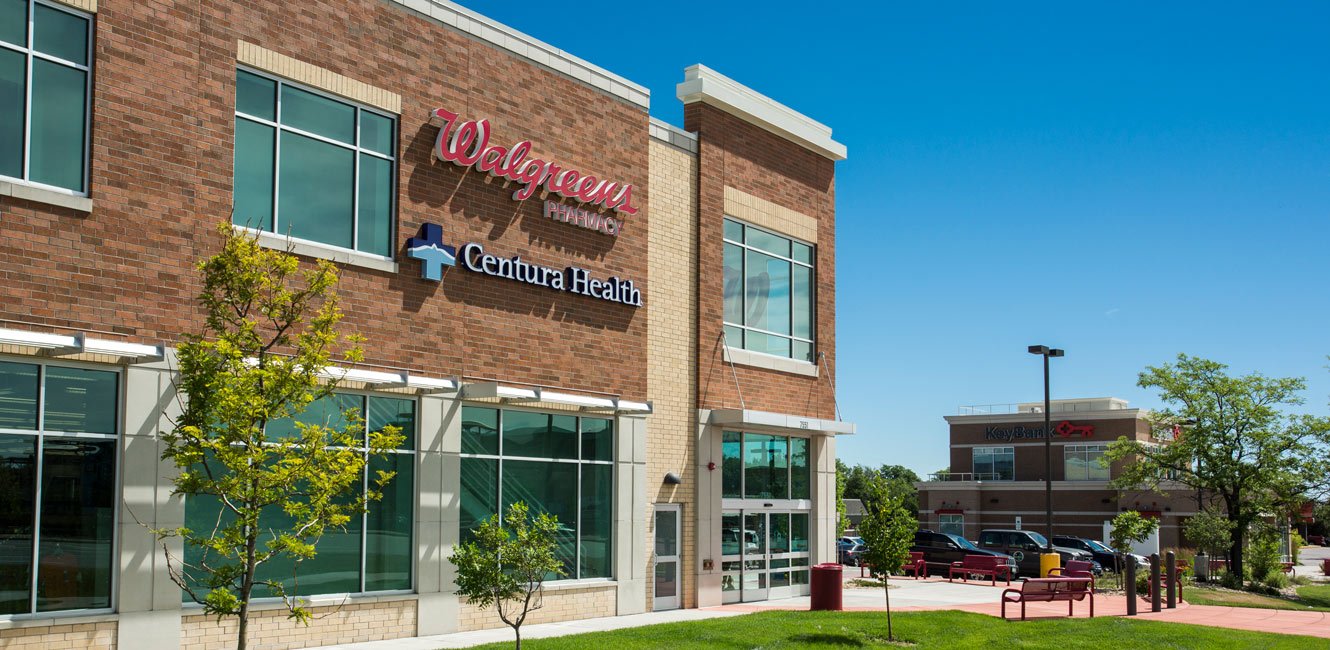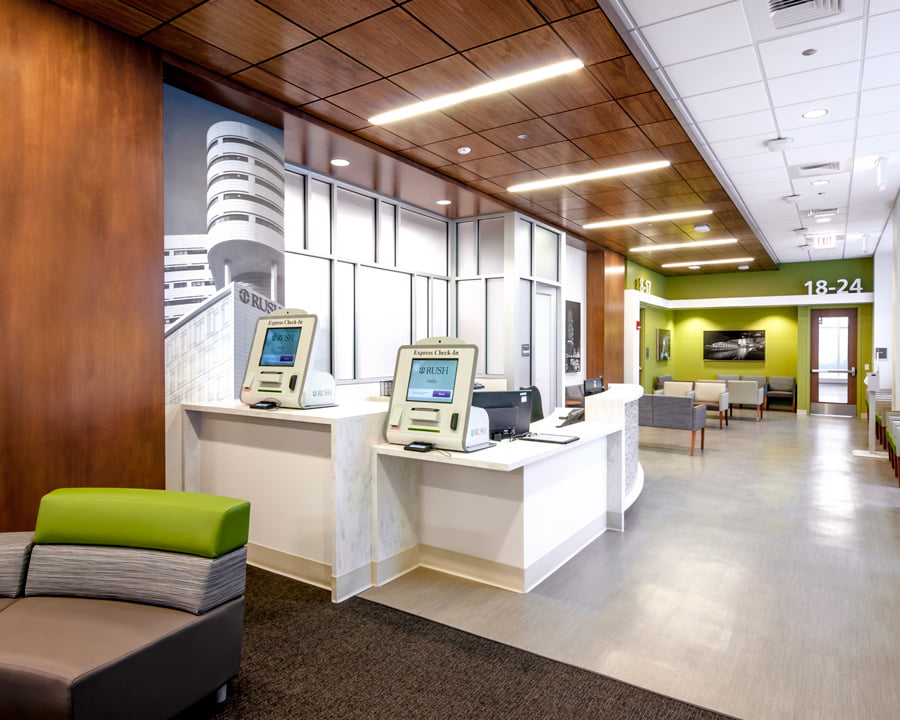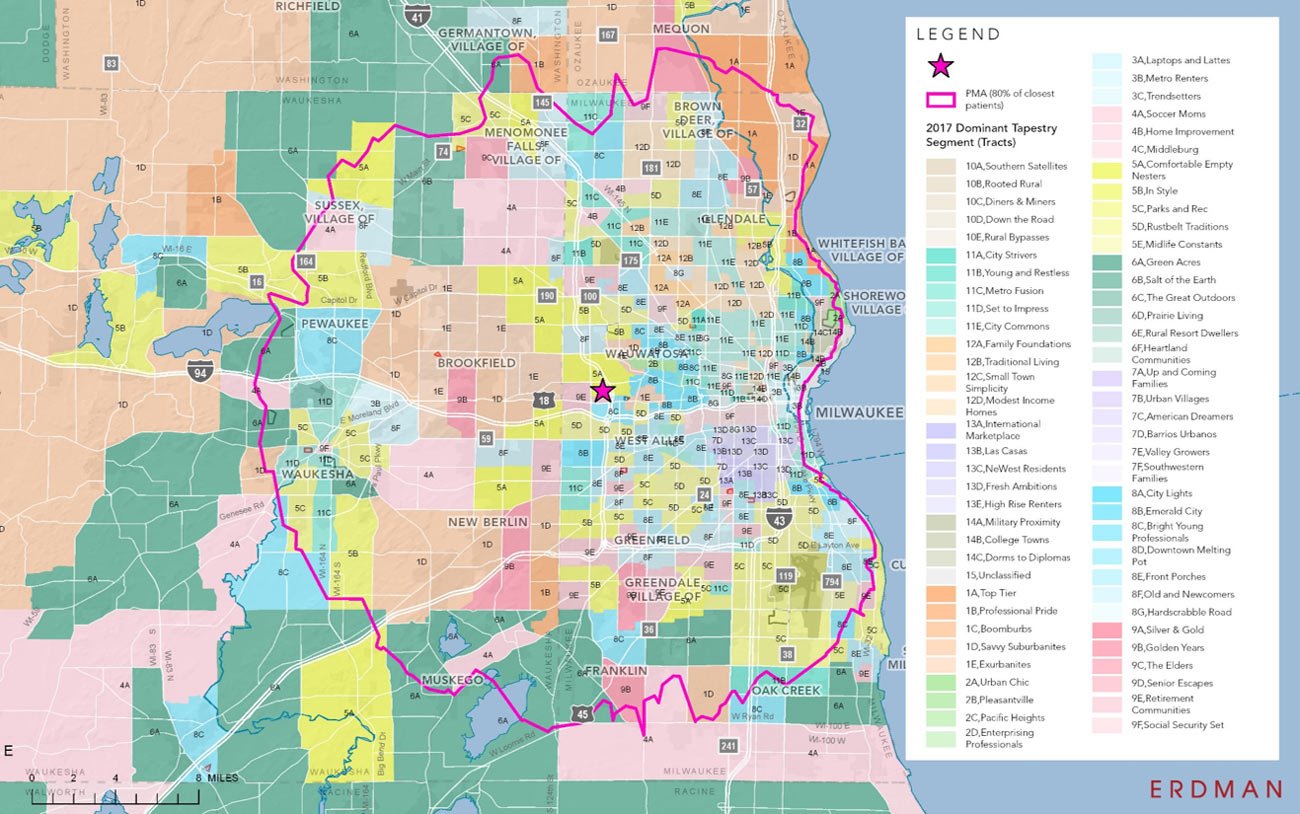Retail stores have always been a part of our lives. Over the past several years, though, and especially in recent months, people’s shopping habits pivoted. This change could be attributed to advances in technology and robust digital retailers like Amazon. And now, as the world reacts to COVID-19, online shopping skyrockets. E-commerce sales have increased by more than 50 percent during the pandemic.1 This evolving retail landscape reflects so much more than how people shop. It also reflects how healthcare systems can consider changes in the retail environment as an advantage to best serve their patients during these unprecedented times and beyond.
It is clear online shopping has impacted brick-and-mortar retailers. For example, 75 percent of consumers have taken their shopping habits online and away from traditional outlets such as big-box stores and malls.2 Additionally, it is expected that between 20 percent and 25 percent of malls will close by 2022.3 Such macro shifts in retail are leading to a surplus of vacant commercial space. Although many continue to be orphaned by their historic occupants, these real estate offerings present an opportunity if they are adopted by healthcare organizations (HCOs). Such commercial real estate makes it possible to strategically conserve capital in a capital-constrained market while creating an environment for destination health and wellness. Specifically, the available retail landscape offers HCOs opportunities to:
TEST NEW MARKETS WITH LIMITED CAPITAL INVESTMENT
Current lease incentives for retail space present a strategic opportunity for HCOs to save money. Additionally, by repurposing existing brick-and-mortar stores, HCOs can invest relatively limited capital. “It is expected that adapting retail space for healthcare services could cost 30 to 50 percent less than a major building addition or new construction,” explains Greg Markvluwer, ERDMAN’s Vice President of Development. This is especially important when testing new markets. Although data such as demographics and psychographics are incredibly valuable to suggest fitting locations for HCOs to plant new roots, testing new markets through retail environments can validate such insights. The limited capital investment also minimizes financial risk.
Another way to test new markets through vacant retail space is with popup clinics. A growing trend, pop-up clinics are set up for a short period of time (often three to four days) to provide opportunities for patients to receive care that normally may be limited based on location or access to transportation. Depending on the level of engagement with the surrounding community, pop-up clinics can test the potential of a new market.
Expanding Access Tailored to Meet Consumer Needs
ERDMAN was honored with the 2016 Adaptive Reuse Award by The Healthcare Facilities Symposium & Expo for this adaptive reuse of a former restaurant space. Rush River North Clinic in Chicago, IL, is a 10,000-square-foot, technology-enhanced primary care clinic designed to attract new patients and offer the best retail experience within the context of a downtown clinic.
REDISTRIBUTE ADMINISTRATIVE SPACE & EXPAND TELEHEALTH SERVICES
With favorable lease rates and lower occupancy rating thresholds than required for medical care, HCOs can leverage former retail spaces to redistribute and/or centralize administrative functions and expand telehealth services in an economically effective manner. This allows higher-cost, Group I occupancy rated spaces to be preserved for the expansion of clinical services.
CREATE A HUB-AND-SPOKE NETWORK
Large healthcare systems offer an array of services. Such systems usually have a centralized “hub” that they operate under. To expand referrals to this hub, retail environments ranging from stand-alone buildings to small strip mall spaces can serve as the “spoke” to create additional touchpoints with patients. In turn, HCOs have the potential to become more accessible and profitable.
MAKE RURAL HEALTHCARE MORE ACCESSIBLE
Over 60 million Americans live in rural communities.4 Despite this staggering number, healthcare facilities have been closing their doors in such areas over the years. As described in a recent study by The Chartis Center for Rural Health, a reason for this is that certain areas have not expanded Medicaid coverage. Specifically, “rural hospitals in states that have not expanded Medicaid face greater financial pressures than those in expansion states,” plus more have negative operating margins.5 Thus, access to rural healthcare is drastically declining. Just last year, 19 rural hospitals closed.5 To counter such closures, empty retail spaces in rural areas can be leveraged to help HCOs save money while still caring for those in need. “As vacancy rates are expected to increase in the coming months, most commercial landlords are offering lease incentives,” says Markvluwer. Examples of this include reduced rent and major tenant allowances to help fill empty buildings. “Additionally, landlords of retail and restaurant spaces want tenants with credit strength and stability, and who can bring traffic to their shopping areas,” says Markvluwer. HCOs are the epitome of such requirements.
In an effort to keep rural healthcare accessible through retail space, HCOs can even repurpose such environments as telehealth cafés. With the arrival of COVID-19, the adoption of telehealth has grown exponentially. For example, Cleveland Clinic reported that the demand for virtual visits grew by more than 1,000 percent since the start of the pandemic.6 However, this practice can be challenging when you consider the limited Internet access in certain communities. Nearly a quarter of the rural population lacks access to fixed broadband service.7 With the appropriate infrastructure in telehealth cafés, and designs in compliance with CDC guidelines, patients could access doctors within an HCO’s entire network, regardless of where a doctor is physically located.
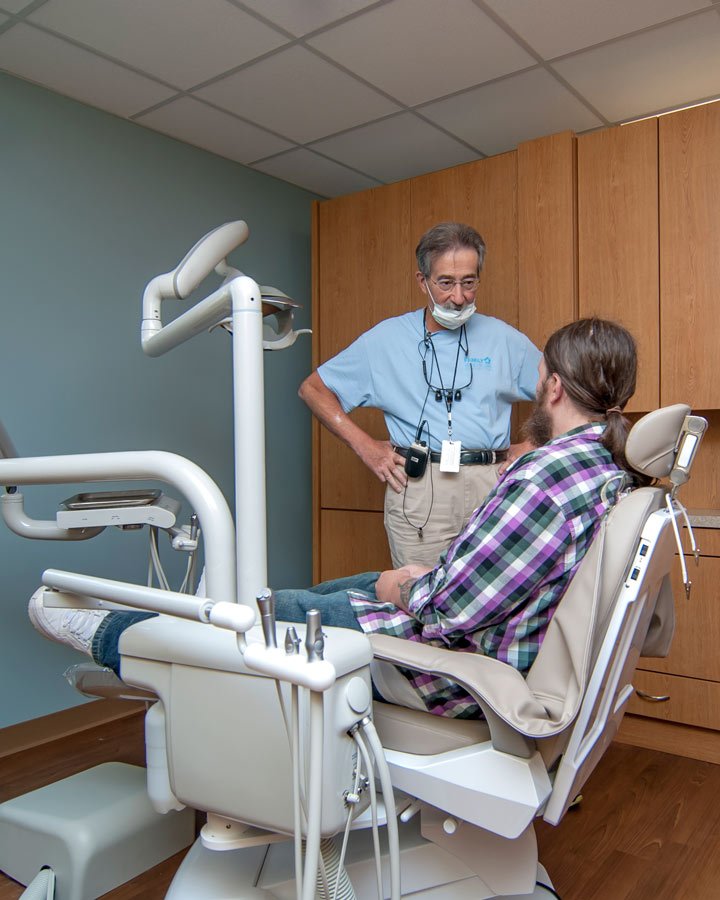
Real Estate Considerations
As the evolving retail landscape presents healthcare opportunities for HCOs looking to extend their networks while saving capital, certain considerations can influence the decision to incorporate former retail spaces into their overall organizational strategies.
Different Types of Retail Space
As mentioned earlier, repurposing brick-and-mortar facilities can lessen capital investment by HCOs. Considering this, such real estate represents significant cost savings and should be adopted to achieve long-term stability.8 However, selecting retail space that aligns with an HCO’s existing real estate portfolio is key. Retail space represents more than traditional malls with food courts, department stores, and the like. It can also range from community and convenience centers to stand-alone space such as former restaurants and big box stores. Square footage, nearby anchor stores, public perception, and existing infrastructure will help define fitting retail space for HCOs to pursue.
Alignment of Services with Market Needs
To benefit from the opportunities that brick-and-mortar retail offers, a strategy needs to be clearly defined with specific target markets. HCOs should understand regional markets through data collection, areas of influence, demographics, psychographics, market potential, and competition. This will strengthen an HCO’s ability to align its services with market needs.
REINVESTMENT
Financial savings realized by an HCO through repurposing retail space can be reinvested. Examples include new equipment, programs, and services. Capital maintenance of other facilities within an HCO’s network can be considered as well. In turn, this can create greater long-term stability.
Adaptive Reuse Considerations
ALIGNMENT BETWEEN THE OVERALL CONSUMER EXPERIENCE AND SAFETY MEASURES IN RESPONSE TO COVID-19
Many HCOs were required to re-evaluate their facilities and operations with the onset of COVID-19. Social distancing, virtual appointments, PPE use, and frequent sterilization are some areas of focus to increase infection control. However, “there is one aspect still left uncertain. It is patient confidence,” explains ERDMAN Designer Nikole Self. “HCOs are likely asking themselves: Will people be comfortable receiving in-person healthcare as we recover from the pandemic?” While perception can be an intractable condition, there are measures that can be taken to improve patient experiences and safety. As we look at retail, these environments can provide continuity of an HCO’s services while reserving acute care platforms for higher acuity health matters. When redesigning existing retail spaces for patient care, the perception of safety and comfort can be further exemplified by:
- Using design interventions that identify appropriate distancing among patients, staff, and other facility guests
- Integrating UV lights into care spaces to sterilize surfaces and prevent contamination
- Designing entries and sub-waiting rooms to create separation and serve as barriers between sick and healthy patients
HEALTHCARE SPACES FITTING INTO THE EXISTING DESIGN AND CONTEXT OF SURROUNDING RETAILERS
Retail outlets are meant to be seen. In turn, creating a visual presence is key. Large signs indicating an HCO’s location need to be integrated with other businesses vying for the public’s attention. Storefront transparency, on the other hand, must also be carefully considered. Protecting patient confidentiality is also important, yet the repurposed retail environment should offer a welcoming atmosphere. For example, healthcare facilities typically have a prominent canopy to identify a pick-up/drop-off zone.
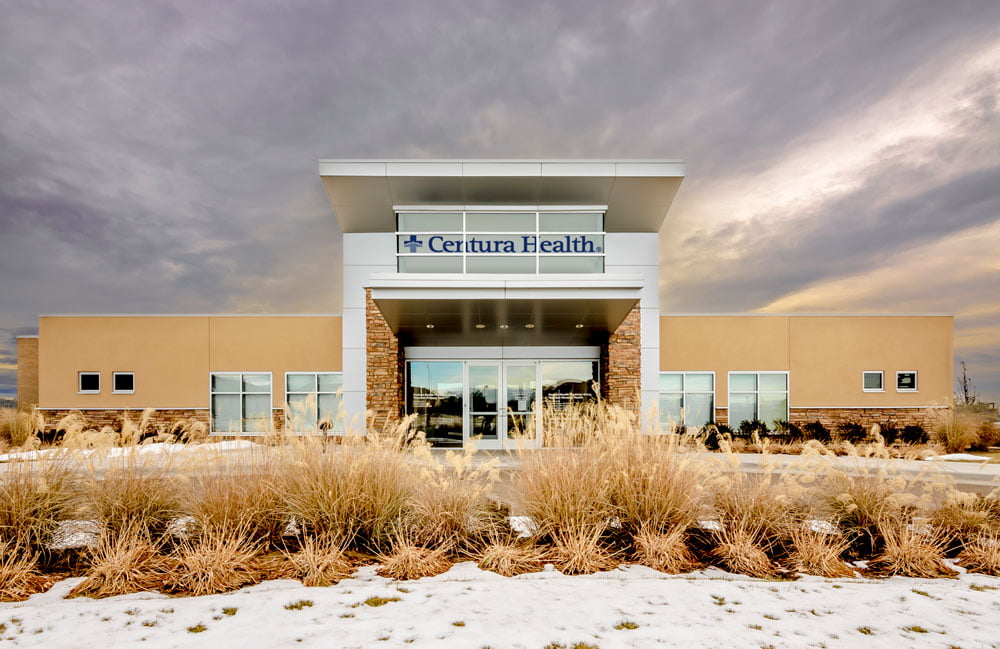
Creating a System-Wide Model of Care
- Three-year program to develop Colorado Health Neighborhoods
- Multiple locations consisting of both retail and greenfield development
- Model emphasizes personalized, team-based attention and a whole-person approach to care
MAINTAIN THE HEALTHCARE SYSTEM’S BRAND EXPERIENCE THROUGHOUT THE BUILT ENVIRONMENT
Once inside the redesigned retail space, the HCO’s brand can be fully realized. Convenience and an experience tailored to the community in which the facility is based are crucial to its success.
ASSESSMENT OF EXISTING RETAIL INFRASTRUCTURE TO DETERMINE NECESSARY FACILITY UPGRADES TO BEST SUPPORT THE HEALTHCARE SERVICES OFFERED
“We find that most retail locations require significant engineering upgrades to their existing infrastructure,” says ERDMAN Senior Vice President of Architecture & Engineering Bob Pratt. “Specifically, HVAC systems for clinics and other medical spaces require a higher level of air quality than what is typically found in retail.” Electrical requirements should also be examined and factored into the operating costs. Additionally, some retail-store envelopes may not be well insulated, which is unsuitable for providing patient care. Therefore, “the building envelope, structure, roof, and deck height should be assessed,” explains Self. Insulation and moisture issues can be costly to repair or to bring up to code for healthcare facilities. Other infrastructure considerations include:
- Floor-to-floor heights and sound attenuation required to meet HIPAA guidelines for privacy
- Interior lighting and ability to introduce daylighting to the core of the space
- Security becomes a key consideration as retail space is often more visible and exposed than traditional medical office space
ERDMAN Takeaway
Considering the shifts in our economy and healthcare systems throughout the nation, the surplus of retail certainly offers strategic opportunities for capital-constrained HCOs. If you are looking for additional guidance in exploring retail space as part of your organization’s strategy, ERDMAN is here to help. Contact us today to see how we can support your real estate decisions to align with your healthcare portfolio and support your organizational goals.
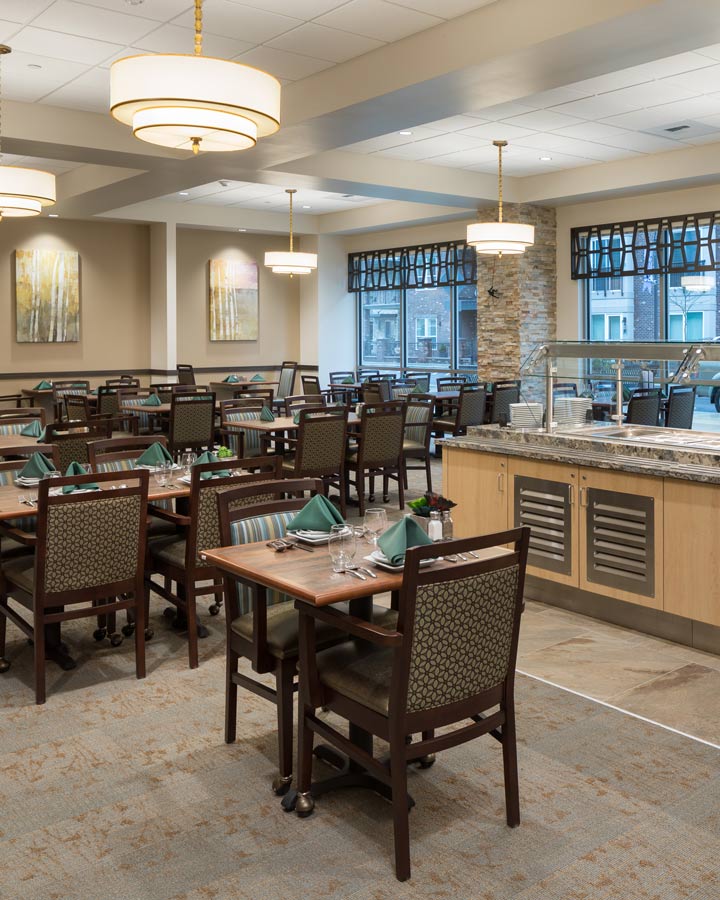
- Orendorff, A. (2020, June 16). “Coronavirus Ecommerce Opportunities, Data & Strategies: Online Shopping in the Age of COVID-19 [Updated].” Retrieved from https://commonthreadco.com/blogs/coachs-corner/coronavirus-ecommerce
- “Spending on experiences versus possessions advances more immediate happiness.” (2020, March 9). Retrieved from https://www.sciencedaily.com/releases/2020/03/200309130020.htm
- Peterson, H. (2017, June 03). “‘THIS IS A DEATH SPIRAL’: The tsunami of store closures is doubling in size.” Retrieved from https://www.businessinsider.com/the-tsunami-of-store-closures-is-doubling-in-size-2017-6
- Estes, C. (2020, February 25). 1 In 4 Rural Hospitals Are At Risk Of Closure And The Problem Is Getting Worse. Retrieved from https://www.forbes.com/sites/claryestes/2020/02/24/1-4-rural-hospitals-are-at-risk-of-closure-and-the-problem-is-getting-worse/
5. The Chartis Group: Chartis Center for Rural Health. (2020, February). “The Rural Health Safety Net Under Pressure: Rural Hospital Vulnerability.” Retrieved from https://www.ivantageindex.com/wp-content/uploads/2020/02/CCRH_Vulnerability-Research_FiNAL-02.14.20.pdf - Nania, R. (2020, April 16). “Telehealth Services Surge During Coronavirus.” Retrieved from https://www.aarp.org/health/conditions-treatments/info-2020/telehealth-surgesduring-coronavirus-outbreak.html/
- “Eighth Broadband Progress Report.” (n.d.) Retrieved from https://www.fcc.gov/reports-research/reports/broadband-progress-reports/eighth-broadband-progress-report
- “(re)activate : A healthcare industry guide for navigating the new normal.” (2020, May 27). Retrieved from https://www.us.jll.com/en/views/reactivate-a-healthcare-industry-guide-for-navigating-the-new-normal
